Those Annoying Little Flies Around Your Plants? Here’s What They Are (and How to Get Rid of Them)
If I had a dollar for every frantic call I’ve gotten over the years about “fruit flies” swarming an office plant, well, I’d have a lot of dollars. It’s probably the number one plant-pest mix-up I see. Someone will say, “My house is full of fruit flies, and they’re coming from my fiddle-leaf fig!” But honestly, nine times out of ten, they’re not dealing with fruit flies at all. They’ve got fungus gnats.
In this article
And here’s why that matters: confusing the two is a one-way ticket to frustration. You can set out all the little apple cider vinegar traps in the world, but it won’t make a dent in a true gnat problem that’s breeding in your plant soil. I’ve seen people ready to toss out beautiful, expensive plants because they were using the wrong battle plan. So let’s clear this up for good. We’ll figure out who these little pests are and, more importantly, how the pros get rid of them without a ton of hassle or harsh chemicals.

First Thing’s First: Is It a Gnat or a Fruit Fly?
Before you do anything else, you have to be sure about what you’re fighting. This isn’t just for fun; your entire strategy depends on getting this right. While they both look like tiny, annoying flying things, they have some dead giveaways if you look closely.
Think of it this way:
- Fungus Gnats are the plant-obsessed ones. They look like tiny, clumsy mosquitoes with long legs and dark, slender bodies. Their flight pattern is weak and wobbly, and you’ll almost always find them hovering right over the soil of your houseplants or walking on the pot rim. A tell-tale sign? When you water your plant, a little cloud of them often flutters up in protest.
- Fruit Flies are kitchen dwellers. They’re built tougher—stout, tan or light brown bodies, and if you get really close, you can see their bright red eyes. They’re also much stronger, more deliberate flyers. You’ll find them zipping around your fruit bowl, the trash can, or a sticky spot on the counter. They couldn’t care less about your plant’s soil.
So, if the pests are hanging out on or around your plant pots, you have fungus gnats. All that advice you’ve seen about vinegar traps and getting rid of ripe bananas is for fruit flies, and it will do absolutely nothing to solve your gnat problem.

The Gnat Life Cycle: The Adults Aren’t the Real Enemy
The flying gnats you see are definitely annoying, but they’re just the tip of the iceberg. The real damage, and the source of the problem, is happening below the soil surface where you can’t see it.
Here’s the quick and dirty life cycle: An adult female finds some nice, moist soil and lays up to 200 eggs. In just a few days, those eggs hatch into tiny, translucent larvae with black heads. This is the stage you need to worry about. For about two weeks, these larvae munch on fungus and decaying bits in the soil, but they also chew on the tender, fine root hairs of your plants. After that, they pupate in the soil for a few days and then emerge as new flying adults, ready to start the whole cycle over. The entire process can take as little as three weeks, which is why one or two gnats can turn into an infestation so fast.
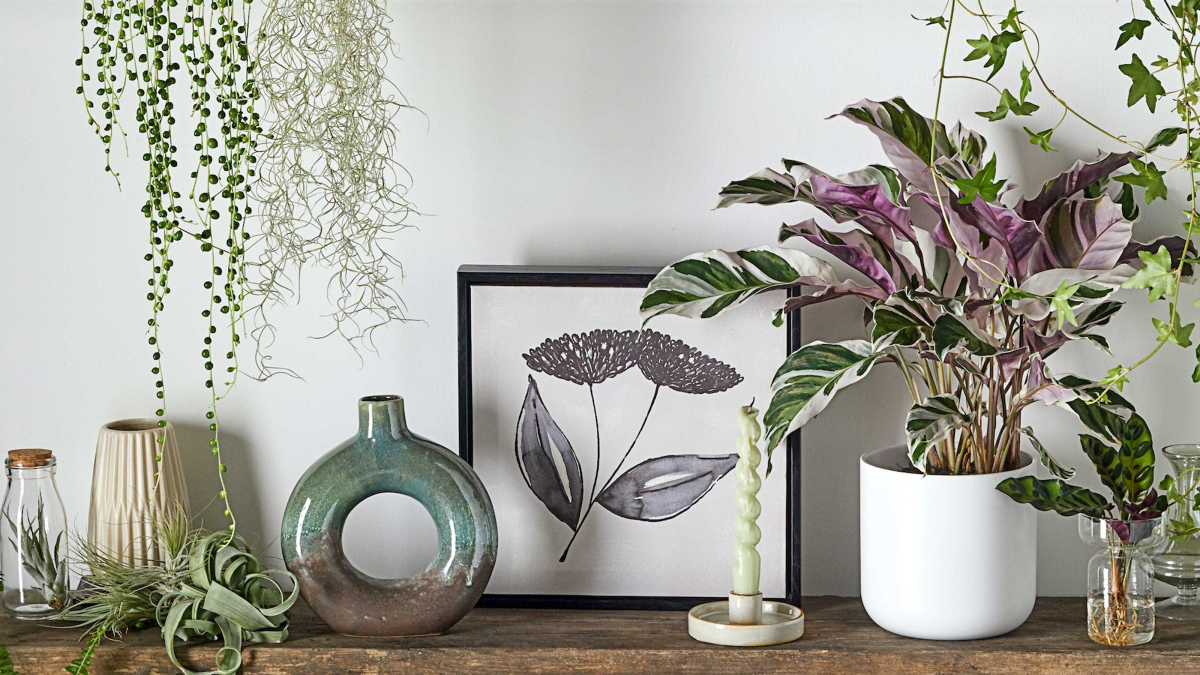
The Real Culprit: Overwatering
Let me be clear: fungus gnats are not a sign that your home is dirty. They are a sign that your soil is staying too wet for too long. That’s it. Saturated soil creates the perfect damp, boggy environment for the soil fungus they feed on to grow. When a client calls me about gnats, the very first question I ask is, “Tell me about your watering routine.”
This is where so many well-meaning plant parents go wrong. To avoid this, you have to master the art of watering. My go-to method is the “finger test.” Before you even think about watering, stick your index finger into the soil up to the second knuckle. If you feel any moisture at all, put the watering can down and walk away. Check again in a day or two.
Heads up! Letting the soil “dry out” means different things for different plants. For a tough snake plant, you can let that soil get bone dry all the way through. But for a delicate fern, you just want the top inch or so to feel dry to the touch before watering again. A quick search for your specific plant’s watering preferences can save you a lot of guesswork.
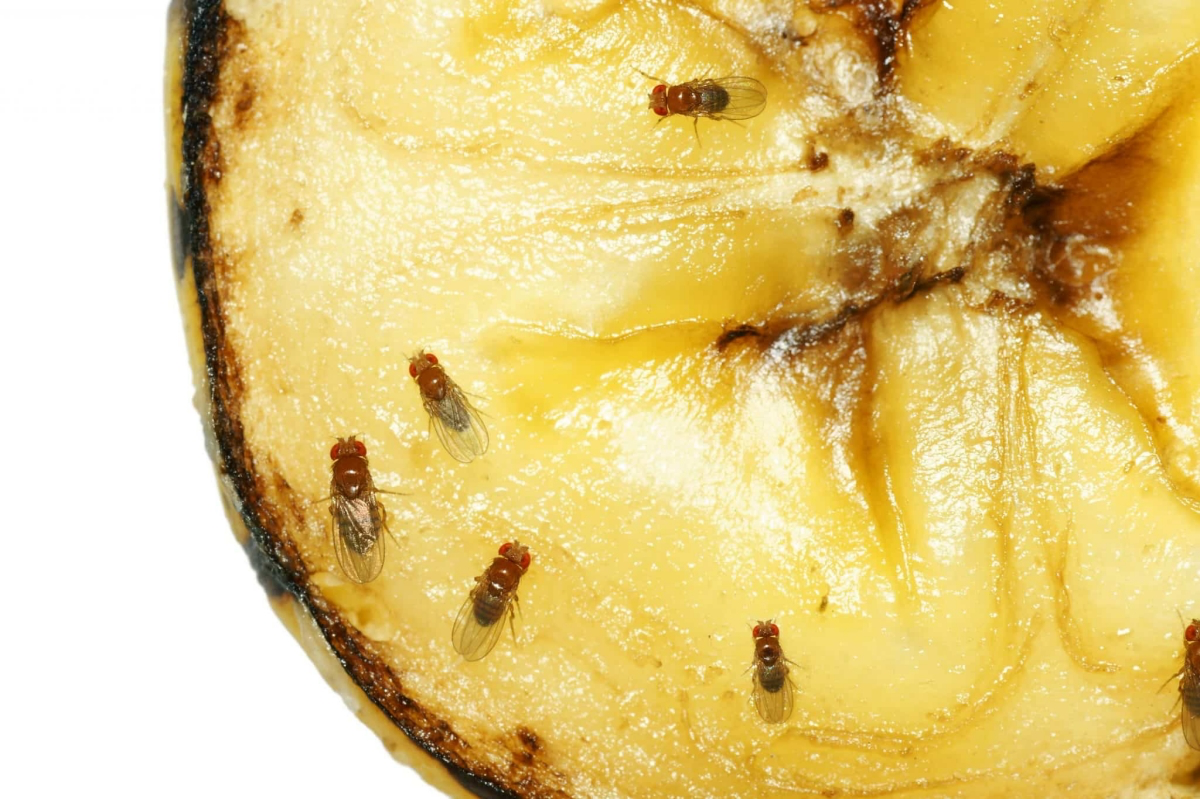
How to Make Your Plants a No-Fly Zone
In the pro plant care world, we focus on prevention first. It’s way easier to create an environment where pests can’t thrive than to fight them off later. Here are the core practices.
Proper Pots and Soil
Your container and soil are your first line of defense. Always, always, ALWAYS use pots with drainage holes. No exceptions. Without drainage, water pools at the bottom, creating a swampy mess that’s a breeding ground for both gnats and root rot. If you fell in love with a decorative pot that has no holes, just use it as a cachepot—keep your plant in its plastic nursery pot and place it inside the pretty one. Just be sure to dump out any excess water after you water.
Your soil should also be light and airy. I often amend standard potting mixes by adding perlite or pumice (a good ratio is about 1 part perlite to 3 parts soil). This creates air pockets, improves drainage, and makes the soil a much less inviting place for gnat larvae.
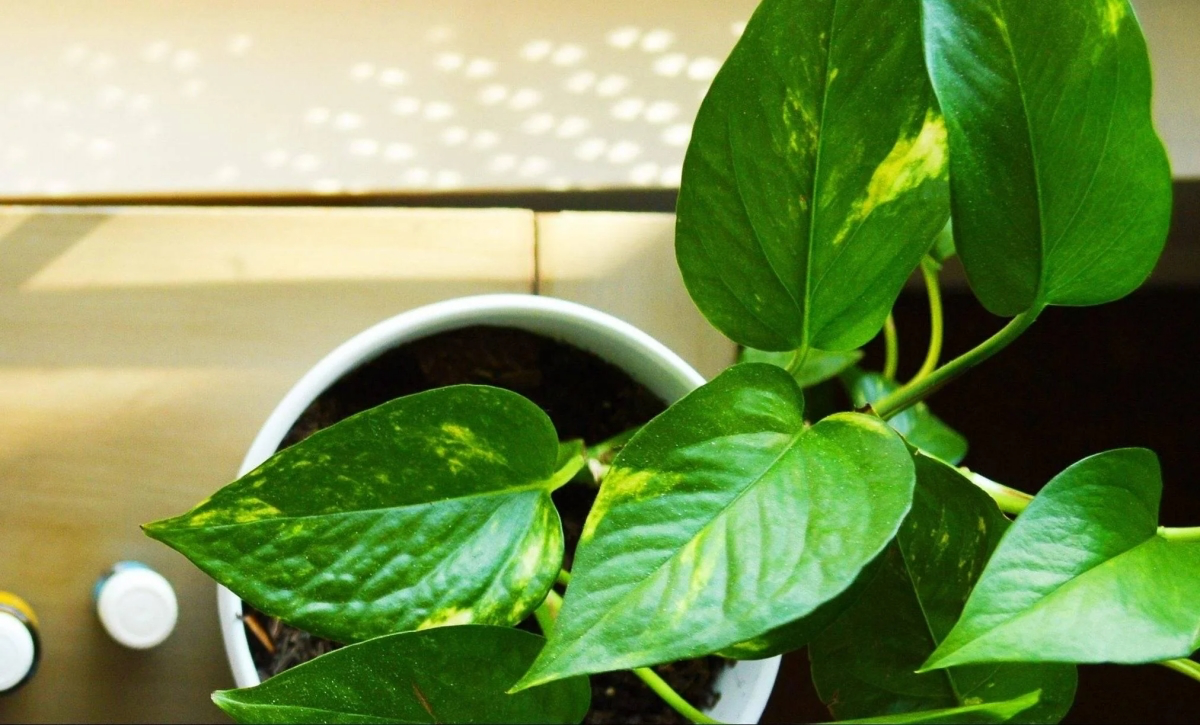
Physical Barriers and Traps
A couple of simple physical tricks can work wonders:
- Top Dressing: After potting, I like to add a half-inch layer of coarse horticultural sand or fine decorative gravel on top of the soil. Adult gnats hate this dry, abrasive barrier and won’t want to land on it to lay eggs. It’s a simple but effective deterrent.
- Yellow Sticky Traps: These are non-negotiable for me. Fungus gnats are drawn to the color yellow. Place these little sticky cards on stakes just above the soil, and here’s a pro-tip: lay one flat on the soil surface, too. This is super effective for catching the females looking for a place to lay eggs. They won’t solve the larval problem on their own, but they’ll dramatically reduce the adult population and show you how bad your infestation is.
Your Gnat-Fighting Shopping List
The good news is that solving this problem is not expensive. You can get everything you need for under $30. Here’s what to look for:
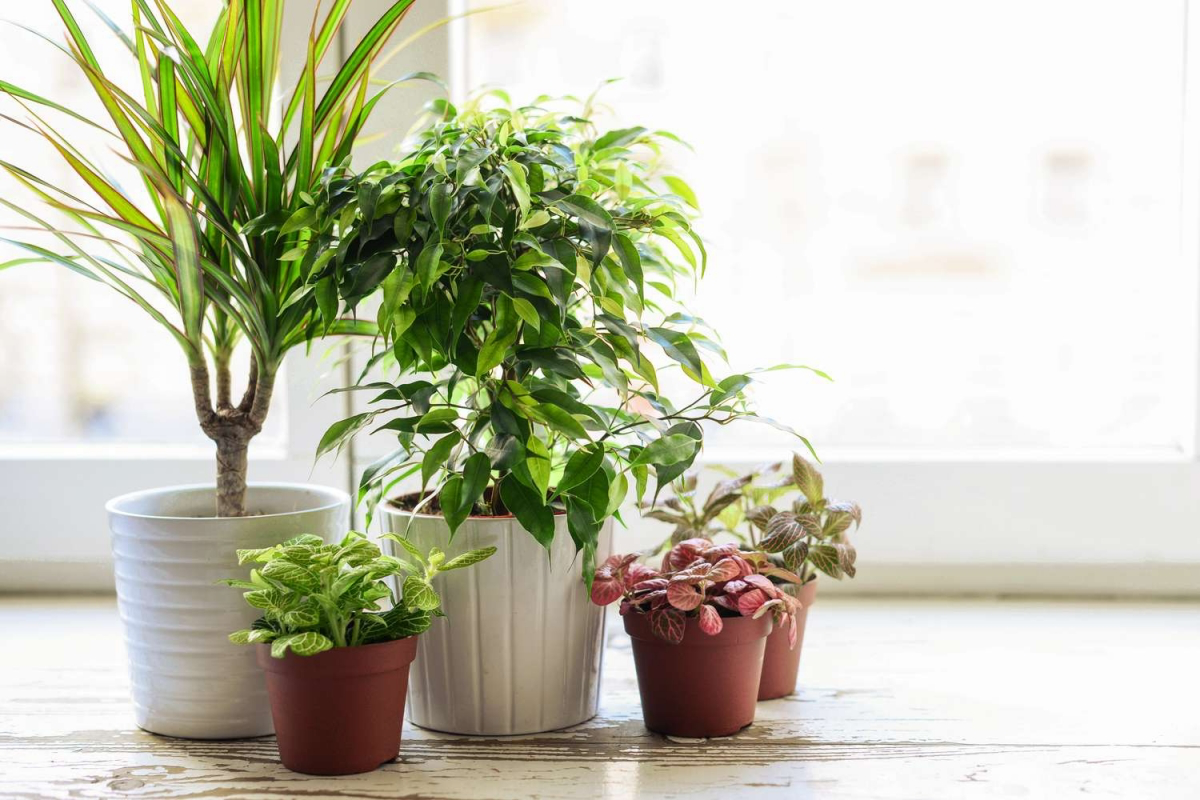
- Yellow Sticky Traps: You can find a pack of 10-20 for under $10 at any garden center, hardware store, or online.
- Mosquito Bits (or other Bti product): This is your secret weapon. It contains a natural bacteria (Bacillus thuringiensis israelensis, or Bti). A shaker bottle costs about $12-$15 and will last you forever. Look for it in the outdoor/pond section of a garden center.
- 3% Hydrogen Peroxide: The standard brown bottle from any pharmacy or grocery store. It’ll only set you back a couple of bucks.
- Perlite or Pumice: If your soil is too dense, a small bag costs around $5-$10 at a nursery and is great to have on hand for all your plants.
Okay, They’re Here. Here’s Your 3-Step Battle Plan.
If you’ve already got gnats, don’t panic. We just need to break their life cycle. Patience is key here; this process will take a few weeks. Start with the easiest methods and only escalate if you need to.

Step 1: The Easy Stuff (Cultural & Mechanical Control)
- STOP Watering: Let the soil dry out as much as your plant can safely handle. This is your most powerful weapon. A dry environment is lethal to the eggs and larvae.
- Deploy Sticky Traps: Get those yellow traps out immediately to start catching the adults. Fewer adults mean fewer new eggs being laid.
- Try the Potato Trick: This is a great little diagnostic tool. Cut a raw potato into quarter-inch thick slices and lay them on the soil surface. (For a standard 6-inch pot, one or two slices is plenty). Larvae are drawn to the moisture and starch. After a day or two, lift the slices and check the underside. If you see tiny white worms, that’s them! Toss the slices in a sealed bag and throw them out. You’ve just confirmed the problem and removed some larvae.
Step 2: The Real Solution (Biological Control)
If the problem persists, it’s time to treat the soil. These methods are my go-to because they are safe for plants, pets, and people.
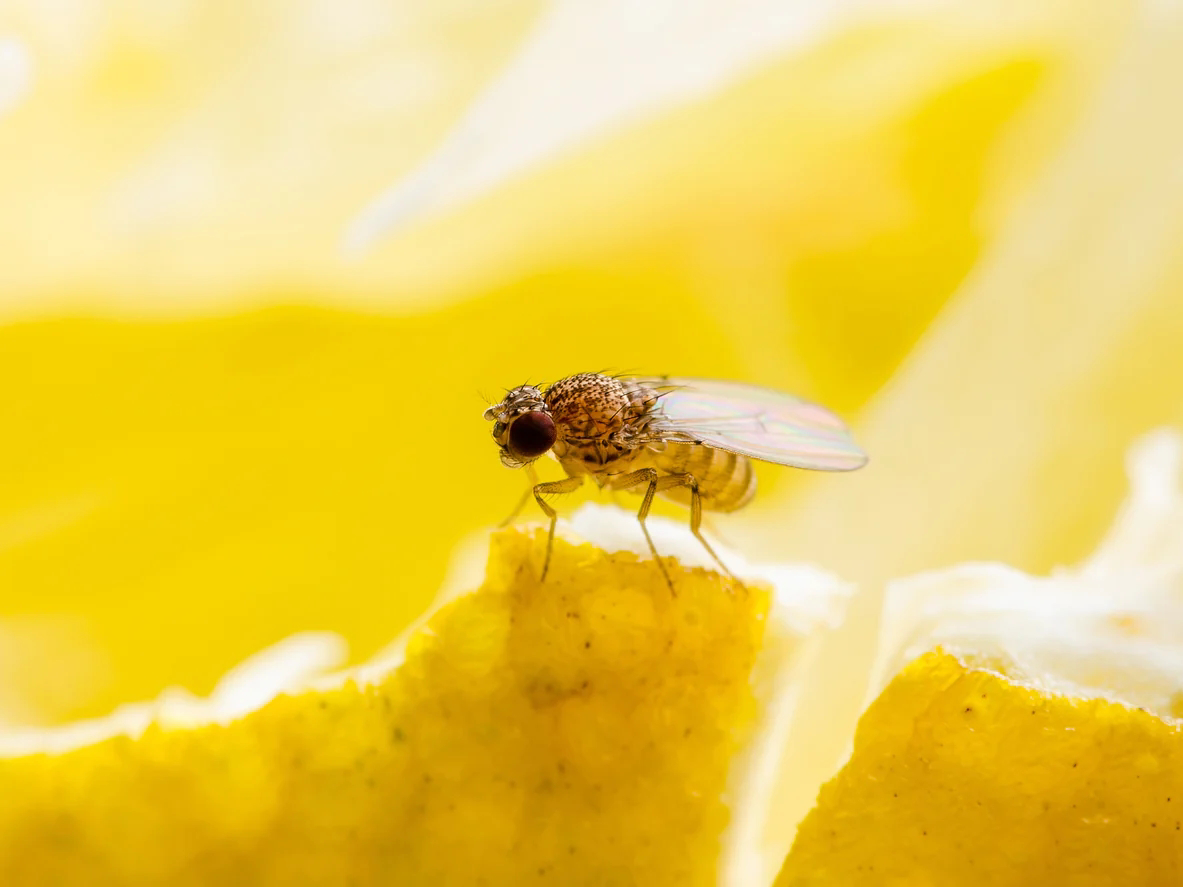
- Hydrogen Peroxide Drench: For a quick initial knockdown, this works. Mix one part 3% hydrogen peroxide with four parts water. Water your plant thoroughly with this solution until it runs out the bottom. You’ll hear it fizz—that’s the peroxide killing larvae and eggs on contact. One word of caution: don’t do this often. It can be a bit harsh on delicate roots and beneficial microbes, so use it once at the start of your treatment.
- Bti (Mosquito Bits): This is the gold standard for safe, effective gnat control. Bti is a naturally occurring bacterium that’s toxic only to the larvae of flies (like gnats and mosquitoes) but completely harmless to everything else. By the way, Bti is so safe and targeted that it’s what public health programs use to control mosquito larvae in water sources! To use it, my go-to recipe is to steep 1-2 tablespoons of Mosquito Bits in a gallon of water for about 30 minutes. Then, just use that water to water your plants as you normally would. You have to do this with every watering for a month or so to ensure you wipe out every generation of gnat.
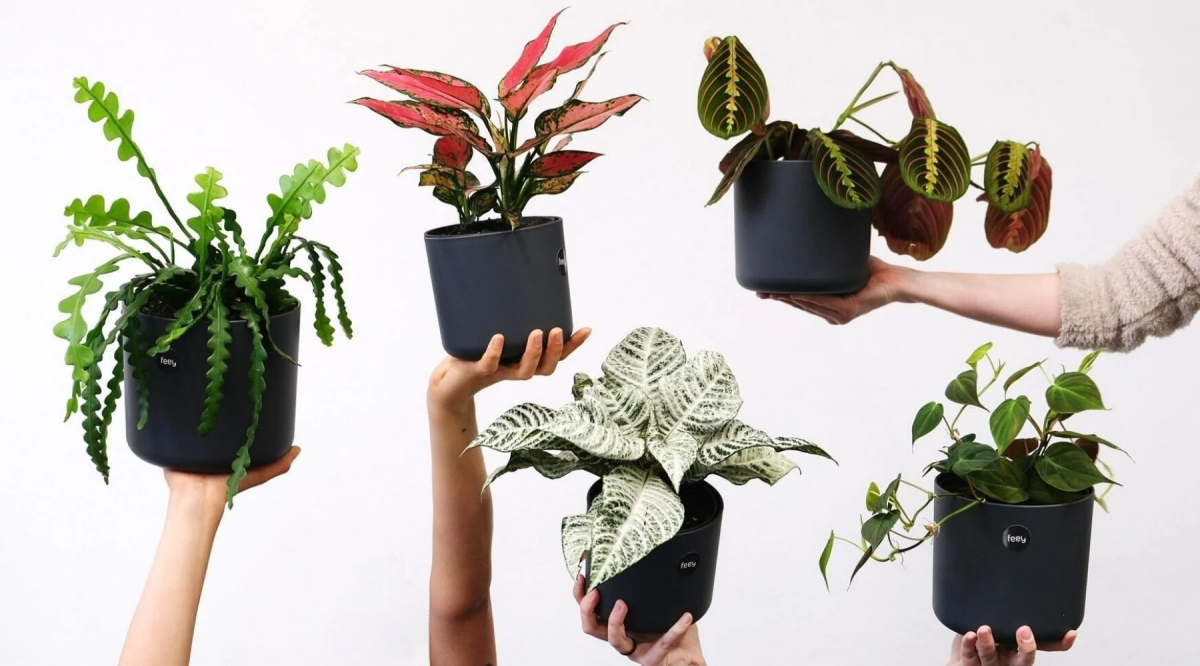
Step 3: The Last Resort (Only for Severe Cases)
Honestly, I’ve rarely had to go beyond Step 2. But if you have a massive infestation, you might need the nuclear option.
- A Full Repot: This involves taking the plant out of its pot, throwing away all of the old, infested soil in a sealed bag, and gently rinsing the plant’s roots under lukewarm water. Then, clean the pot with soap and hot water and repot the plant in fresh, sterile, well-draining soil. It’s stressful for the plant but guarantees you’ve removed the source.
- Soil Drench Insecticides: I hesitate to even mention these for home use. While pyrethrin-based drenches exist, they are broad-spectrum pesticides that can harm beneficial organisms. If you think your problem needs this, it’s a major sign that the underlying issues—watering and soil—are in desperate need of fixing.
A final thought… if you see gnats on one plant, you have to assume they’re in all of them. Spot-treating is a recipe for failure. Treat all your plants with the Bti water for a month to make sure you get them all. And don’t be fooled by the “rebound effect,” where they disappear for a week and then come back. That’s just a new generation hatching. Stay consistent with your treatment for at least four to five weeks, and you’ll break the cycle for good.
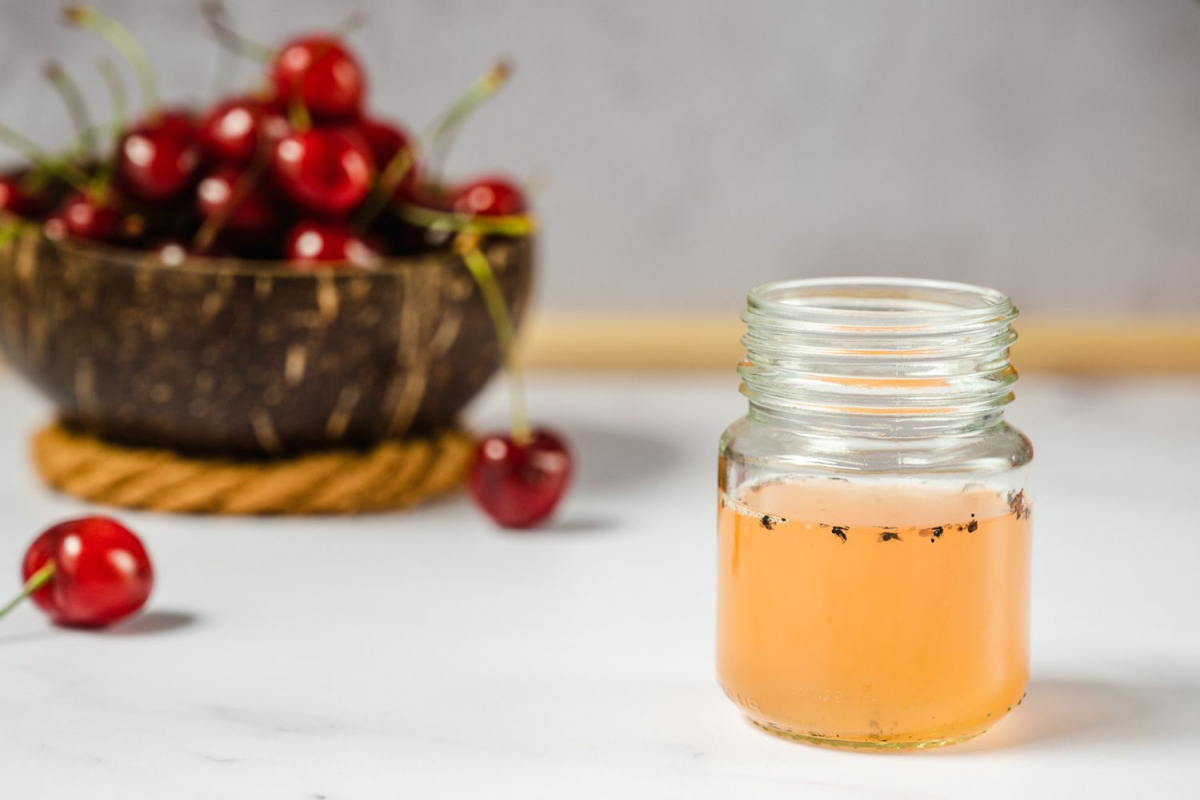
Ultimately, fungus gnats are just a symptom. The real disease is soil that’s staying too wet. By fixing your watering habits and using the right soil, you’ll not only get rid of the annoying flies but also create a healthier environment for your plants to truly thrive.
Galerie d’inspiration
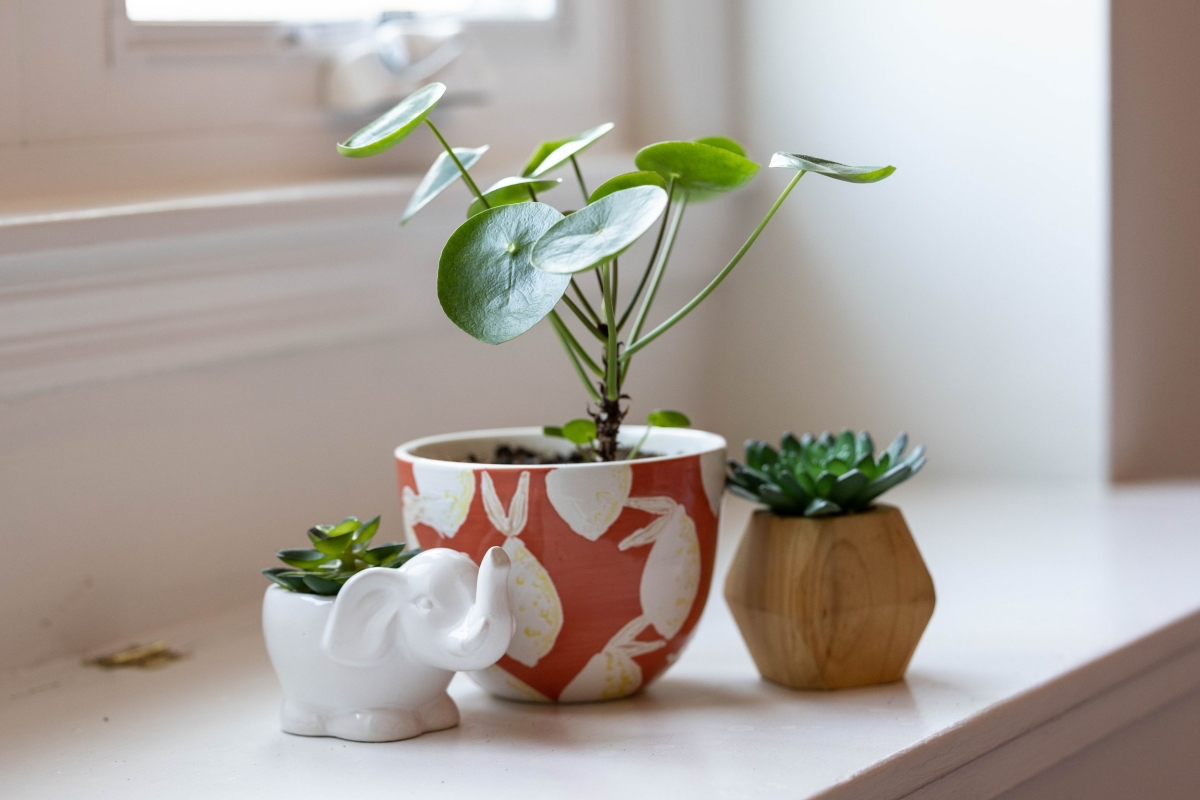
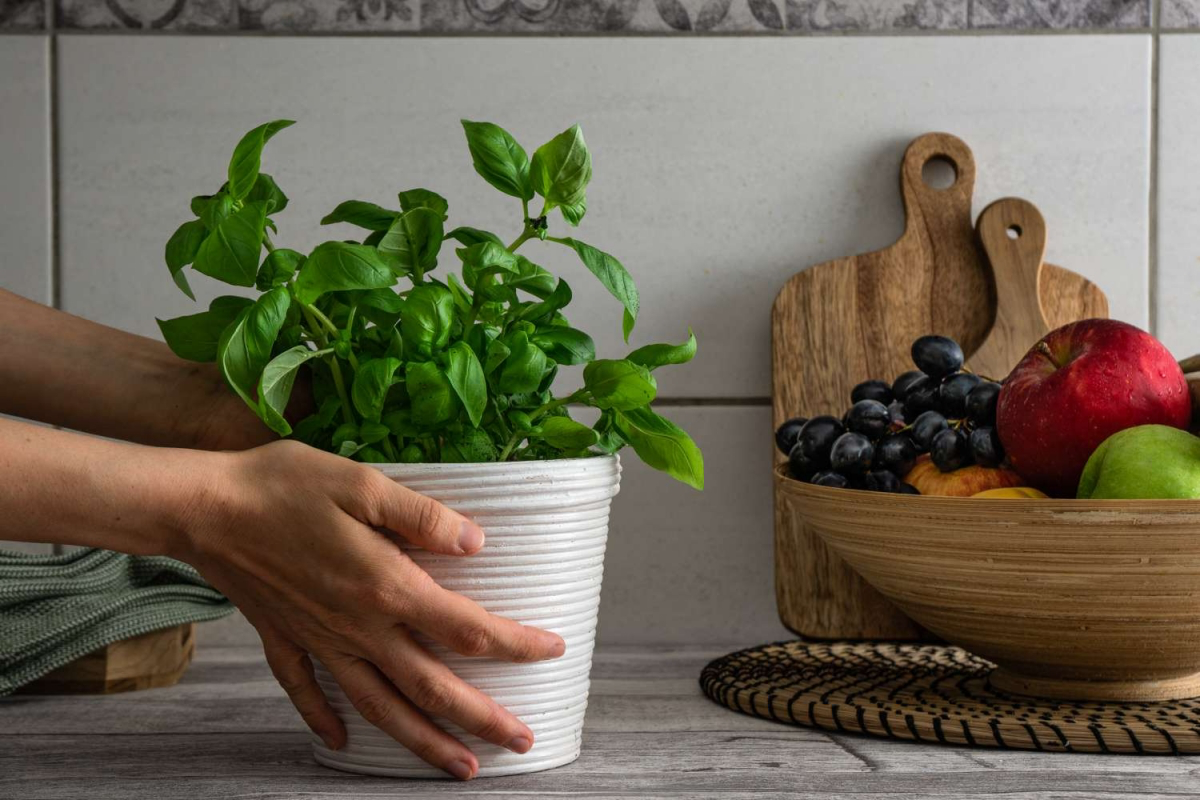
- It stops the lifecycle dead in its tracks.
- It aerates the soil, benefiting the plant’s roots.
- It’s a common household item you likely already have.
The secret? A simple hydrogen peroxide drench. Mix one part 3% hydrogen peroxide with four parts water and use it to water your plants thoroughly the next time they are dry. The peroxide kills gnat larvae on contact without harming most plant roots.
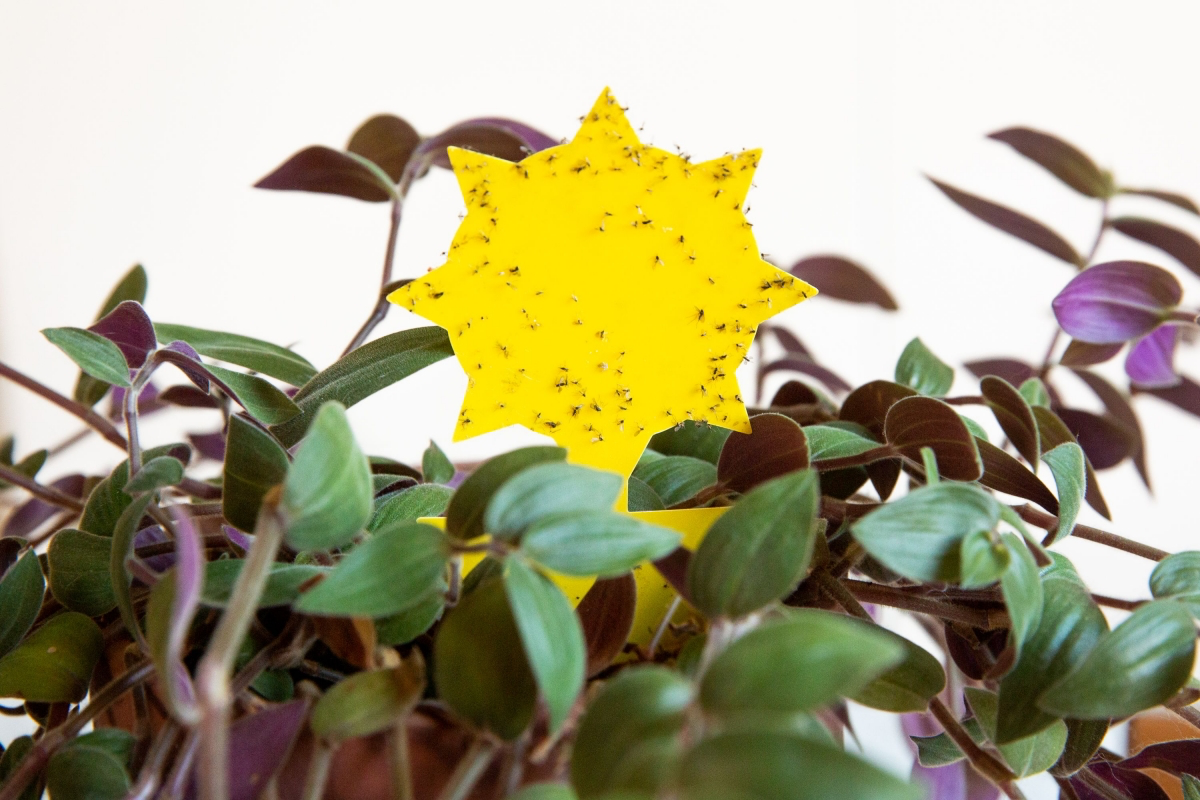
A single female fungus gnat can lay up to 200 eggs in damp soil, which can hatch into larvae in just three days.
This rapid lifecycle is why a small problem can feel like a full-blown invasion almost overnight. Breaking this cycle by targeting the larvae in the soil is more effective than just swatting the adults you see flying around.
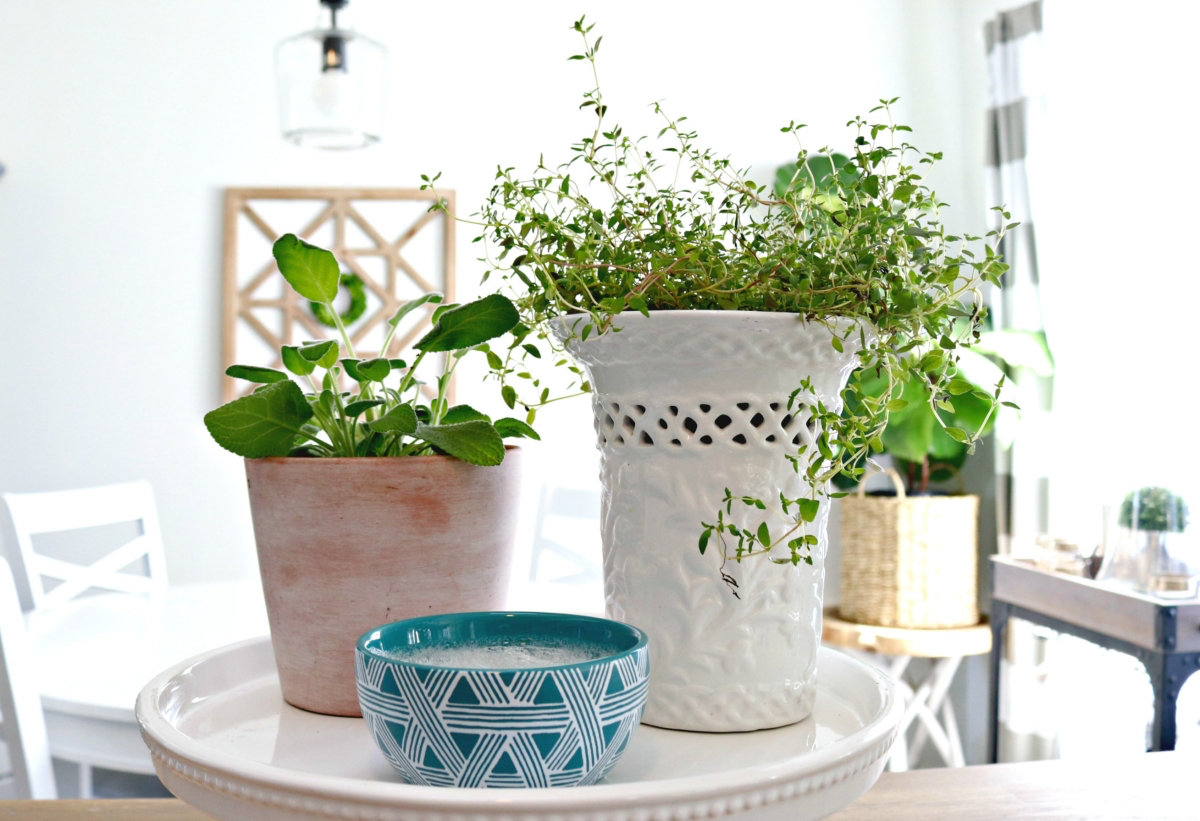
Beyond the annoyance, are fungus gnats actually bad for my plants?
For most healthy, mature houseplants, the adults are just a nuisance. However, a large infestation of larvae in the soil can be problematic. These tiny worms feed on fungi, but they can also nibble on the fine root hairs of your plants. For seedlings, cuttings, and weaker plants, this damage can stunt growth and make them more vulnerable to disease.
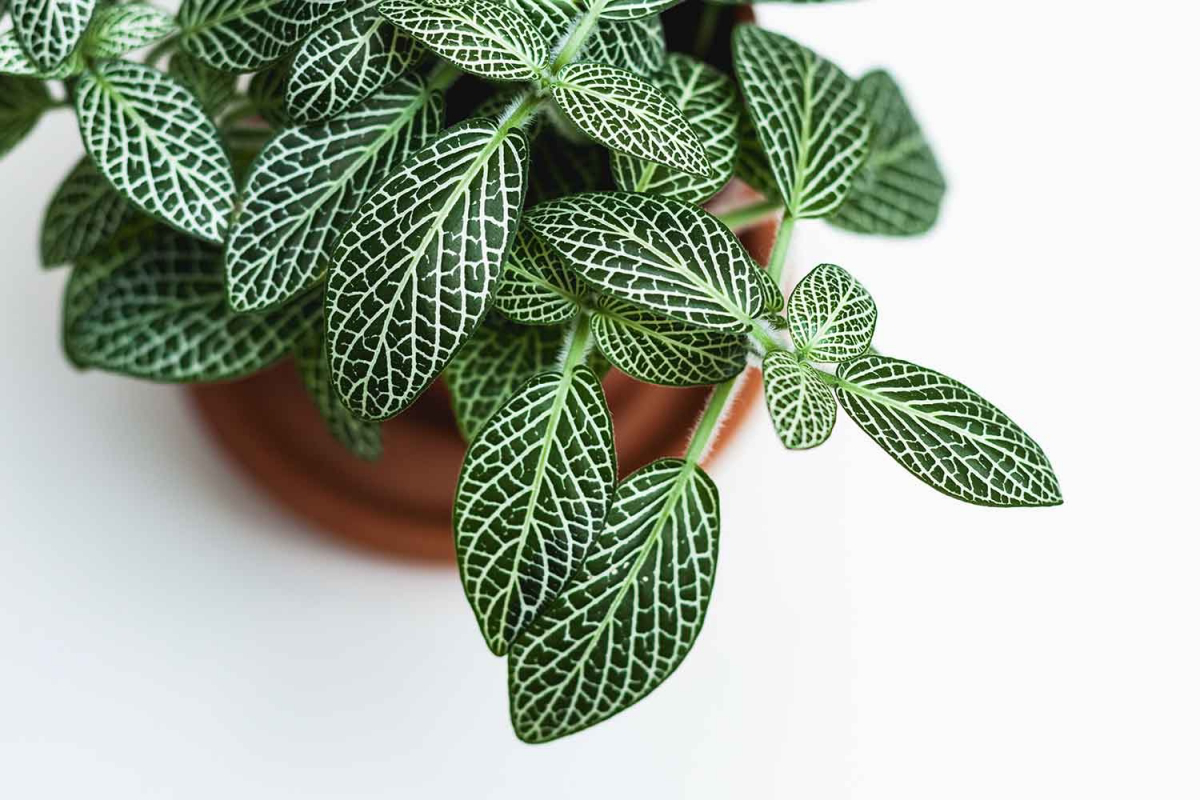
Yellow Sticky Traps: A passive solution. Brands like Gideal or Trappify offer bright yellow cards that attract and trap the adult flying gnats, preventing them from laying more eggs. They are great for monitoring the infestation level and reducing the adult population.
Beneficial Nematodes: An active, biological solution. Products like Nema-globe contain microscopic worms (Steinernema feltiae) that you water into the soil. They actively hunt and destroy gnat larvae, tackling the problem at its source for a natural, long-term fix.

Create a stylish physical barrier over your soil. A half-inch layer of decorative sand or small pebbles not only gives your plant a finished look but also prevents adult gnats from reaching the moist soil to lay their eggs. It’s a simple, aesthetic upgrade that doubles as pest control.
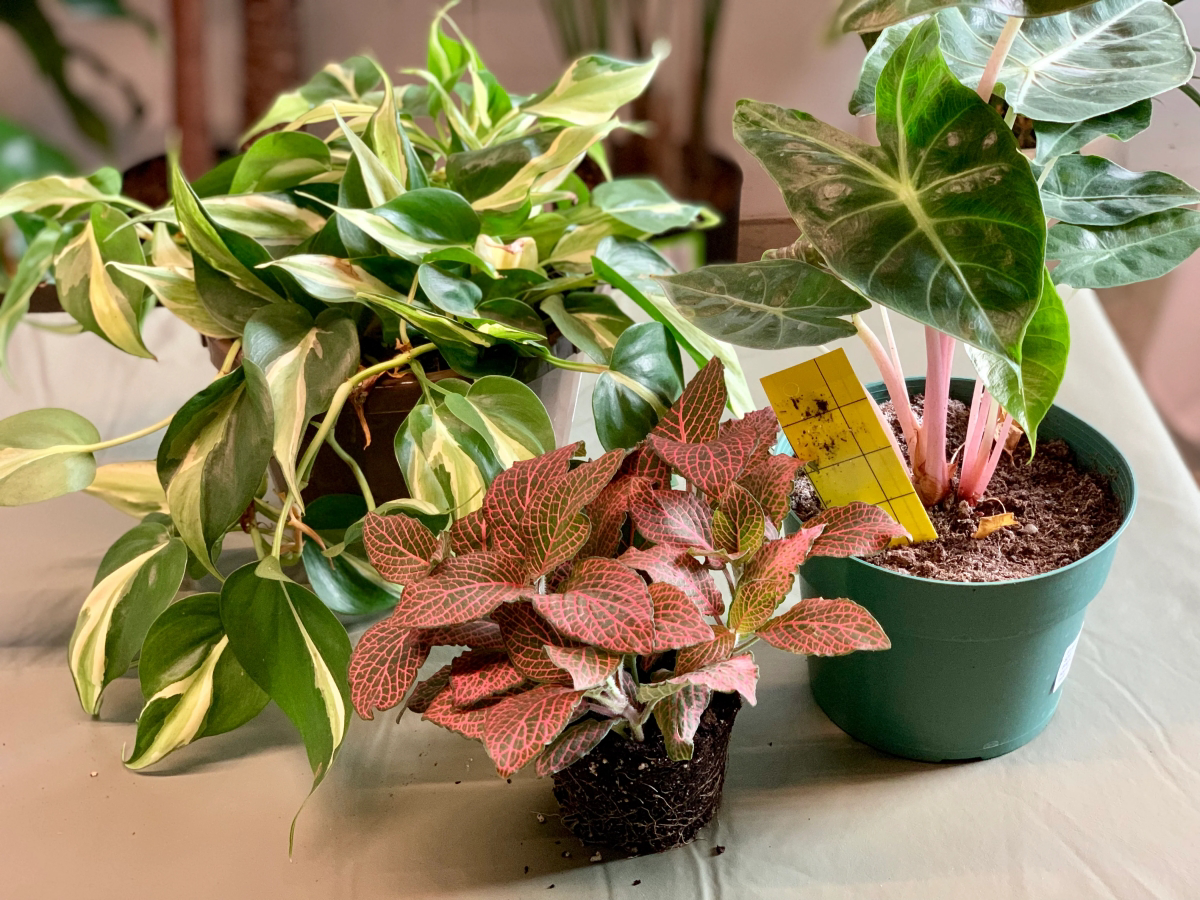
Diatomaceous Earth, a powder made from fossilized aquatic organisms, is like crawling over broken glass for small insects.
When the topsoil is dry, lightly sprinkle food-grade Diatomaceous Earth (DE) over the surface. Its microscopic sharp edges shred the exoskeletons of any adult gnats that land on it. Just reapply after watering, as it’s only effective when dry.
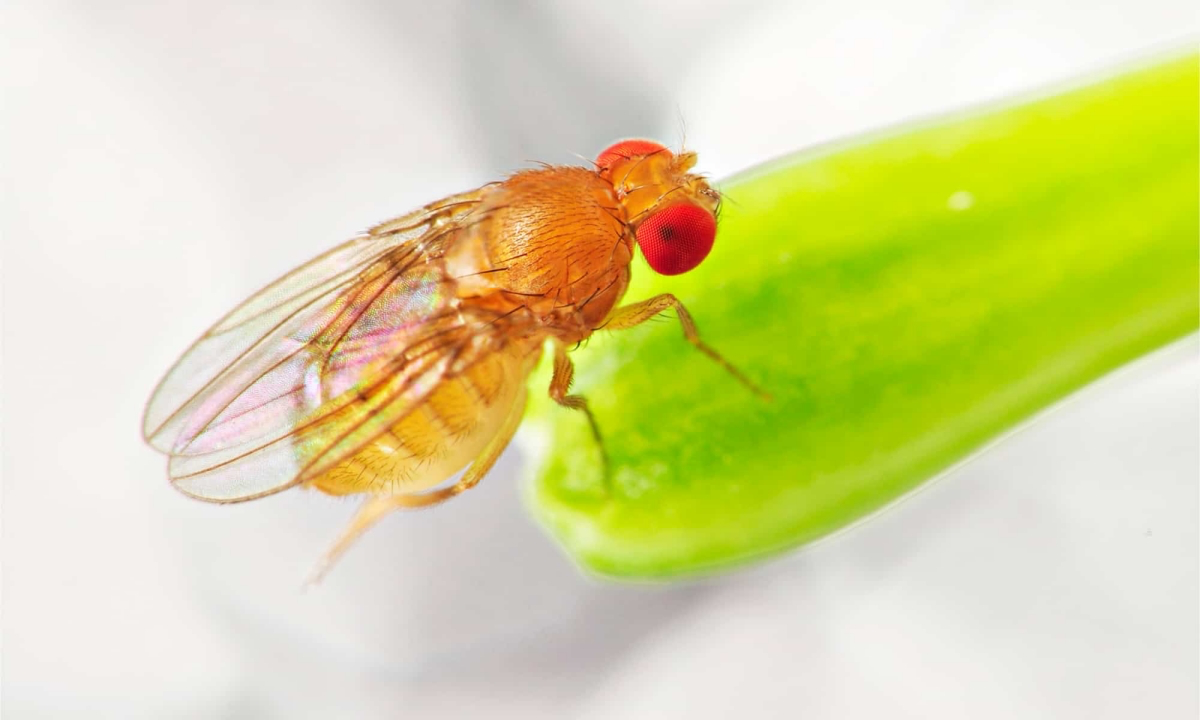
The single most effective preventative measure: Change your watering habits. Fungus gnats require consistently moist topsoil to breed. By allowing the top one to two inches of soil to dry out completely between waterings, you destroy the very nursery their larvae need to survive. It costs nothing and is your best first line of defense.
- Switch to pots with excellent drainage holes.
- Consider terracotta pots, which are porous and help soil dry out faster.
- Try bottom-watering: place the pot in a saucer of water for 20-30 minutes until the topsoil is moist, then discard the excess. This keeps the very top layer of soil drier and less attractive to gnats.










